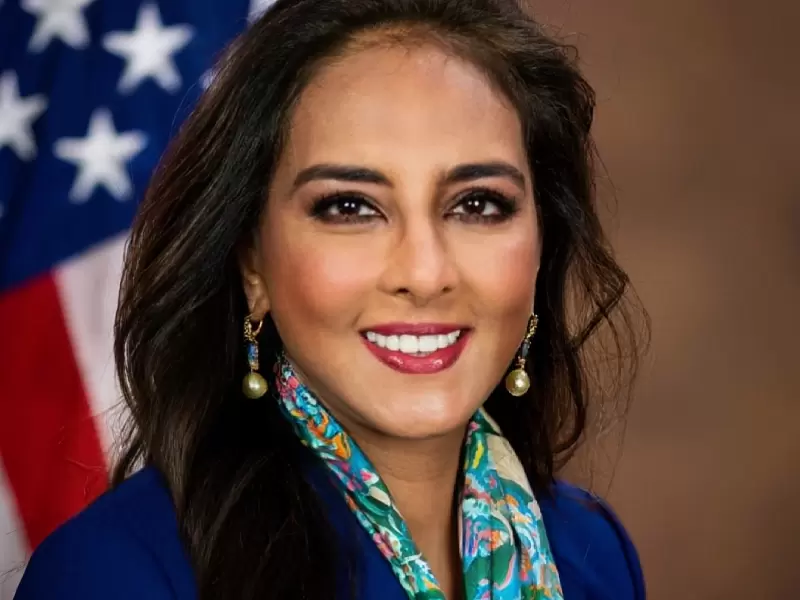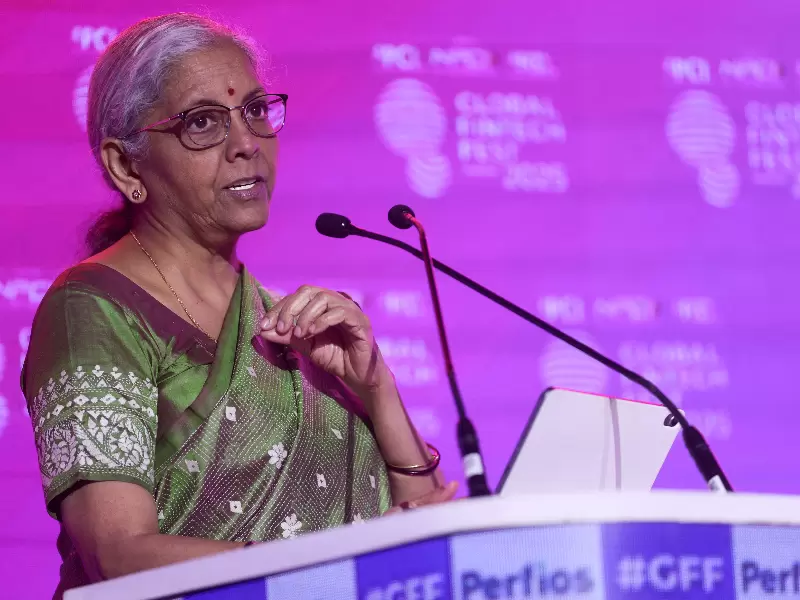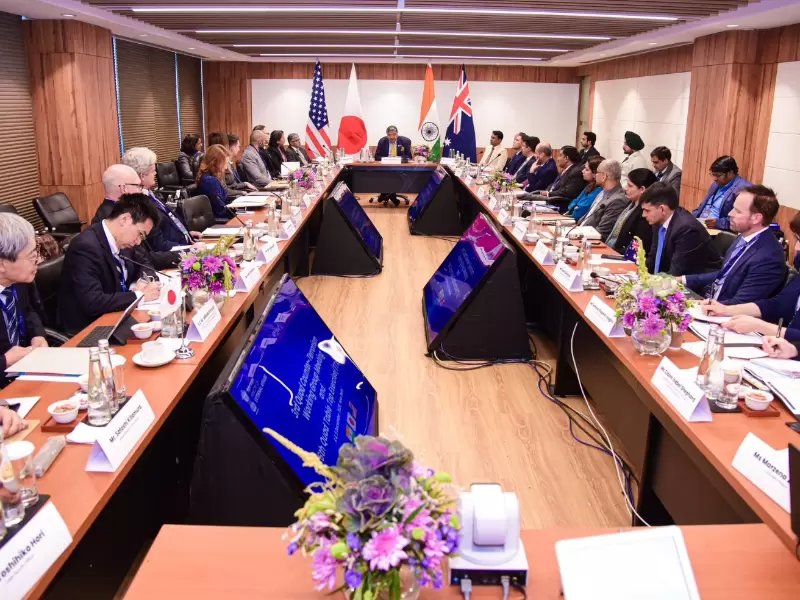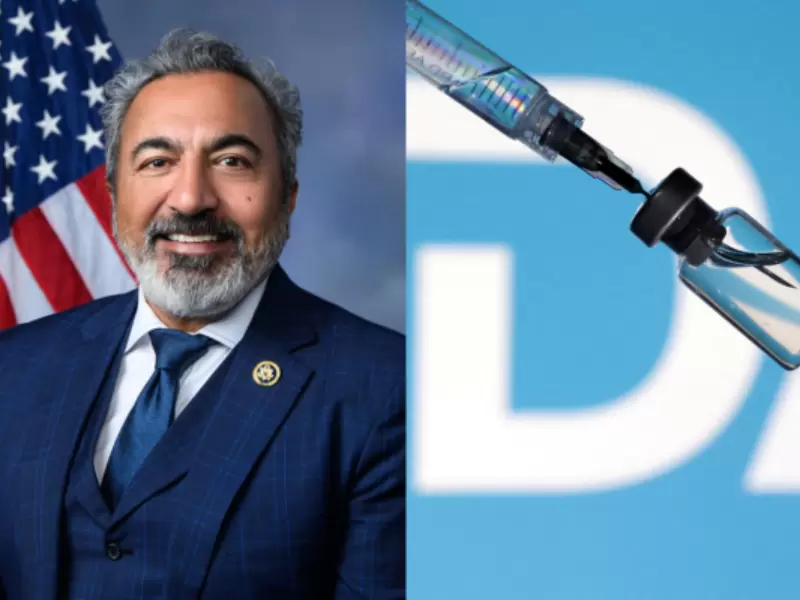India's export engine hit as US tariffs double to 50%
Indian exporters warn U.S. tariff hike threatens $37 billion shortfall, urging urgent liquidity support, FTAs, and diversification to survive.
.jpg) India and US flags / US Embassy
India and US flags / US Embassy
With Washington slapping additional 25 percent tariffs on Indian goods — raising total duties to 50 percent on most categories — India’s exporters are pressing the government for immediate relief and a long-term strategy to preserve their share in the world’s largest market.
The Federation of Indian Export Organisations (FIEO) on Aug. 26 said the tariff escalation would hit more than half of India’s $86.5 billion exports to the US, making them 30–35 percent costlier than rivals from Vietnam, Mexico and Bangladesh. Without urgent intervention, exporters fear mass order cancellations, factory shutdowns and layoffs.
Also read: India readies for punishing US tariffs
Liquidity and loan support top the list
Exporters’ foremost demand is a liquidity lifeline. FIEO has urged the government to:
Roll out a one-year moratorium on loan repayments, including both principal and interest, to ease immediate cash-flow stress.
Provide a 30 percent automatic enhancement of working capital limits, similar to the emergency credit lines offered during the pandemic.
Revive and expand interest subvention schemes (interest equalisation), particularly for MSMEs and labour-intensive sectors like textiles, leather, gems and jewellery.
“These measures are crucial to keep units afloat and workers employed in hubs like Tiruppur, Surat, Bhadohi and Jodhpur,” FIEO president S C Ralhan said.
Trade diversification and FTAs
Beyond short-term relief, exporters want the government to fast-track free trade agreements to offset the loss of competitiveness in the U.S.
Early harvest deals with the EU, GCC and Latin America to secure preferential access for textiles, seafood, jewellery and handicrafts.
Dedicated promotion of Brand India and global quality certifications to help Indian products hold ground in non-US markets.
Exploring “India+1 strategies” by setting up joint ventures or manufacturing bases in tariff-neutral countries like Mexico, the UAE and Africa to retain U.S. buyers through indirect routes.
Sector-specific demands
Textiles and Apparel exporters are seeking PLI expansion and subsidies for technology upgrades to compete with Bangladesh and Vietnam.
Jewellery exporters want faster GST refunds and incentives for lab-grown diamonds, which the U.S. market continues to demand.
Seafood exporters from Andhra Pradesh are urging support for cold-chain infrastructure and sustainable certification subsidies to match Ecuador and Vietnam.
Handicraft clusters in Jodhpur and Moradabad want targeted marketing support and buyer outreach programmes in Europe and West Asia.
Government’s dilemma
The calls for relief come as the Global Trade Research Initiative (GTRI) warns of a $37 billion export shortfall in FY26 due to U.S. tariffs. Yet India’s services exports remain robust, projected to cross $420 billion, which may reduce the urgency at the Centre.
Trade economists say the government faces a dual task: offering fiscal backstops to labour-intensive industries hit hardest by the U.S. move while accelerating a structural pivot toward markets and products less vulnerable to tariff wars.
Exporters insist time is running out. “Liquidity support, moratoriums and faster FTAs are not wishlist items — they are survival tools,” Ralhan warned. “If India delays, competitors will lock in long-term contracts and our exporters will be shut out of the U.S. market for years.”
ADVERTISEMENT
ADVERTISEMENT
E Paper
Video



 R Suryamurthy
R Suryamurthy












Comments
Start the conversation
Become a member of New India Abroad to start commenting.
Sign Up Now
Already have an account? Login